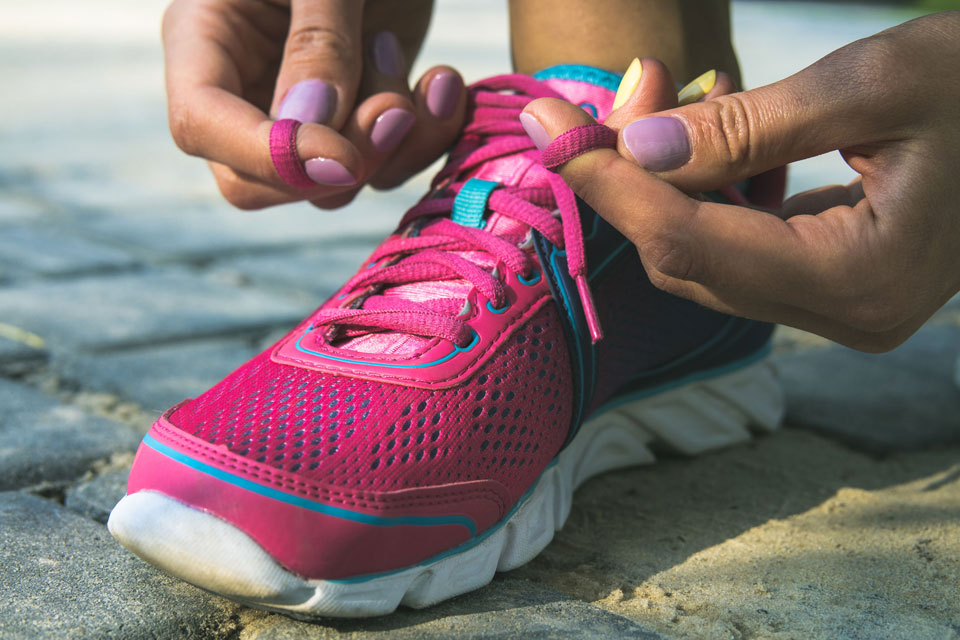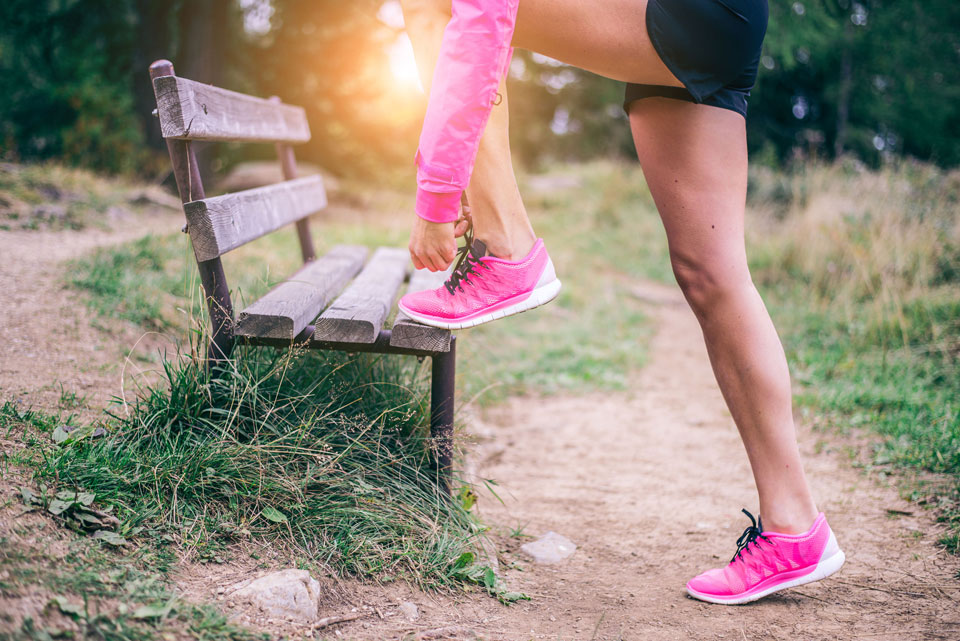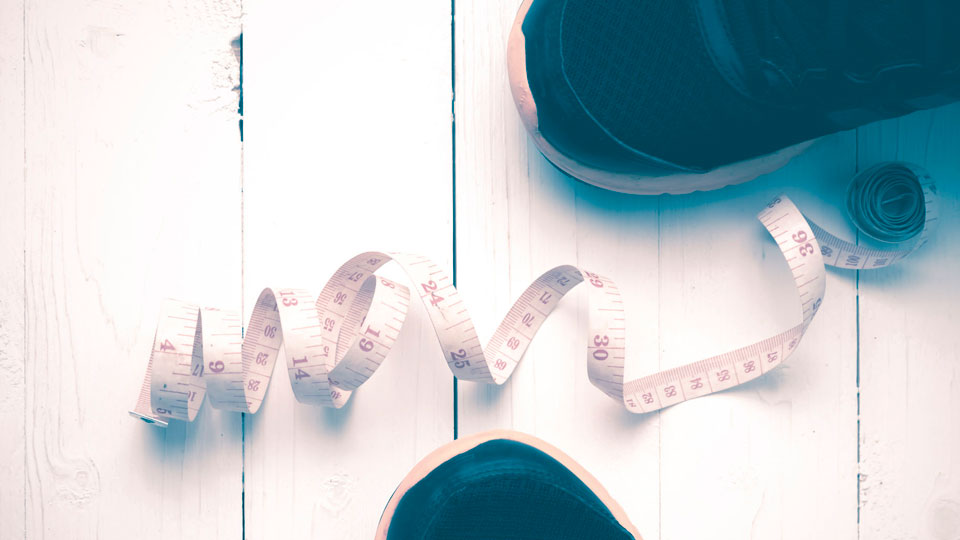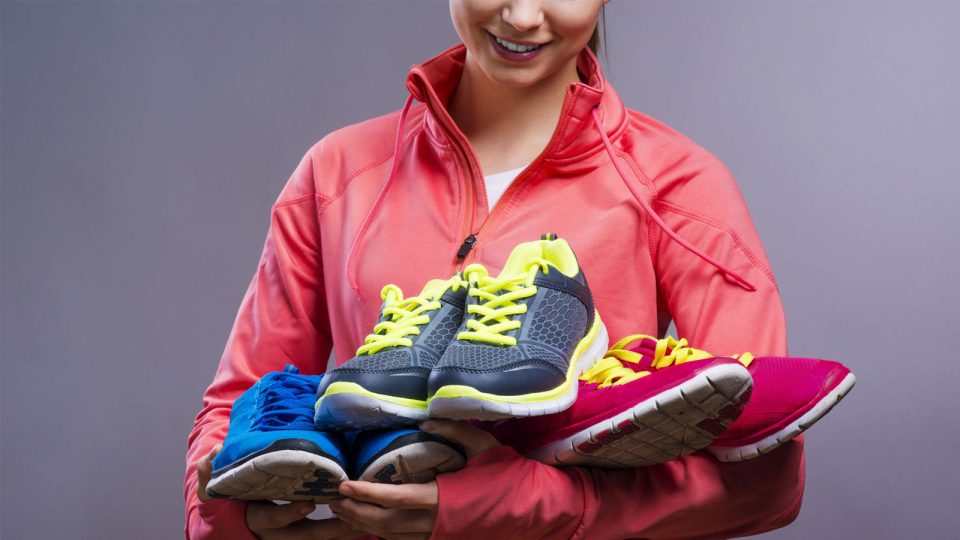To go barefoot or to spend your life savings on running shoes? Sure, the internet provides reasons as why both are good to do, but is that what you should actually do? Where do you stand when there are answers for both arguments?
As the world continues to understand the importance of exercise, ancient forms of working out such as walking and running are becoming increasingly more popular. Given the amount of strain that running puts on your body, the obsession with finding a good pair of running shoes continues to grow.
In fact, thirty to fifty percent of runners experience injury during a training year, according to Competitor.com. As previously mentioned, it is hard to determine what constitutes great running kicks.
People label things as fact but rarely consider that everyone is different. Your feet are unique, so you should choose a shoe in a manner that is unique too, correct? Which unorthodox manner can someone use to choose a running shoe? The answers are simple and more beneficial than you think.
Amount of Holes to Lace
The act of putting on shoes should not be a workout itself. Chances are if you are frustrated before you begin working out, you just might rethink the concept all together. Sure, you are often told that more lacing means more support, but are you also told of the headache you will suffer after lacing those shoes up?
Truth be told that there are no studies that truly support the benefits of lacing your shoes from top to bottom. Just make sure they are tied, and you will be alright.

Buying with Emotion
Professor of Neuroscience at the University of Southern California, Antonio Damasio, wrote a book entitled “Descartes Error.” In this book, he discusses the heavy influence our emotions play on our purchases.
In fact, according to Psychologytoday.com, “fMRI neuro-imagery shows that when evaluating brands, consumers primarily use emotions (personal feelings and experiences) rather than information (brand attributes, features, and facts).” With this in mind, if you feel compelled to buy something because of the way it makes you feel, buy it.
Flexibility or Stiffness?
Sometimes it is great to be flexible and sometimes it is great to be stiff – just not for running. Your feet are obviously moving faster when you run, so your running shoe should accommodate that. Before buying a shoe, give it a bend.
If you feel like it takes the strength of five men to bend the shoe, put it back on the shelf. If you bend a shoe and imagine tiny people inside having the time of their lives on the mini roller coaster you are creating, take out your wallet and buy them.

Know your Foot
You do not need to take your foot out on the town to get to know it. Sure, you know the size of your feet, but do you know the shape? Is it flat or arched? One way to find out for certain is to give your feet the infamous wet test. Fill a shallow pan with water, dip your barefoot in it, and press it firmly onto a brown bag.
Examining the shape of your foot and its arch determines what happens to your foot when you run. For example, if the arch of your footprint is filled in on the bag, then your foot bends inward when you run. Buy your running shoes accordingly.
Measure your Feet!
It is a myth that your feet do not grow. While they do not continue to grow each day, they do grow each year. Most doctors recommend measuring your feet at least twice a year as they do grow as a result of ageing.
According to Daryn Eller of Parenting.com, women who have been pregnant report foot growth up to at least a half size.

Shop with Swollen Feet
It is a fact that your feet swell if you are on them all day. Most people typically walk 3,000 to 4,000 steps a day. The strain and stress on your body after a long day and exercise causes them to swell.
If your feet are at their largest when you go to try on shoes and those shoes fit, then they are the shoes for you. Of course, you want the shoe to feel tight on your swollen feet to ensure that they fit properly when your feet are not swollen. Even if you are tired, go buy your shoes!
In conclusion, it is essential to ignore the common ideas of how to buy proper running shoes. Stepping away from the ordinary can actually be beneficial in some circumstances.
Knowing the unorthodox methods of buying running shoes is key to ensure that you will buy the shoes that work best for you. The real question is, just how well do you know your feet?





